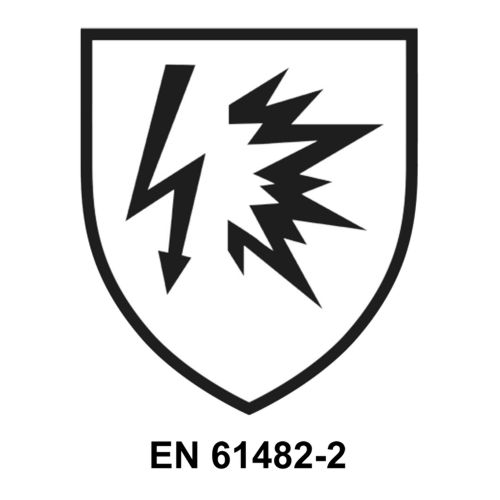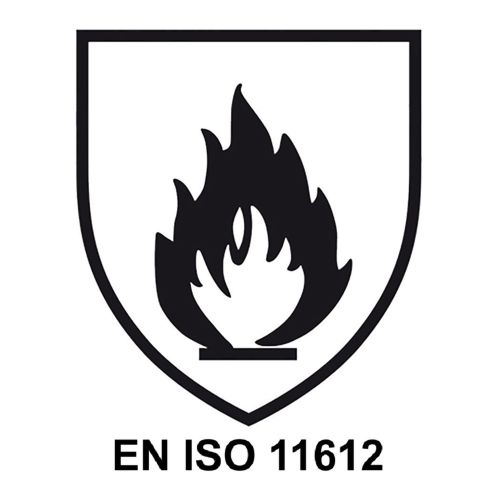
din en 343
EN 343
Wind and weather protection
Work jackets according to EN 343
You will find a small selection of standard-compliant products according to DIN EN 343 here.
Fleece- and softshell jackets according to EN 343
You will find a small selection of standard-compliant products according to DIN EN 343 here.
Trousers according to EN 343
You will find a small selection of standard-compliant products according to DIN EN 343 here.
BP® NEWSLETTER
SPECIAL OFFERS, PROMOTIONS, NEW PRODUCTS AND MUCH MORE
Subscribe to our newsletter now and you'll be the first to receive all the information about sales promotions, new products or special online offers.
Subscribe to newsletter
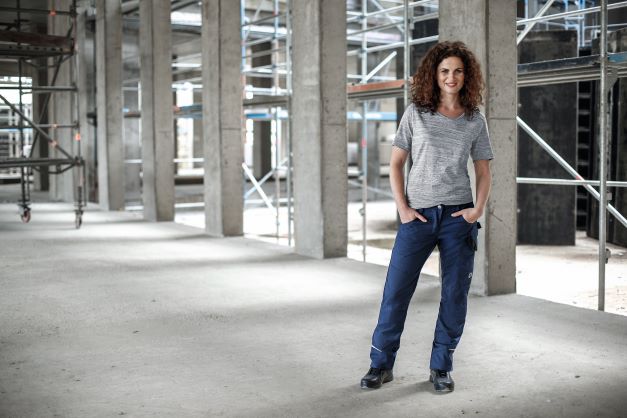
TEAM EQUIPMENT REQUIRED?
You want to equip an entire team or company with PPE and need support in selecting and compiling protective clothing that conforms to standards?
Contact us
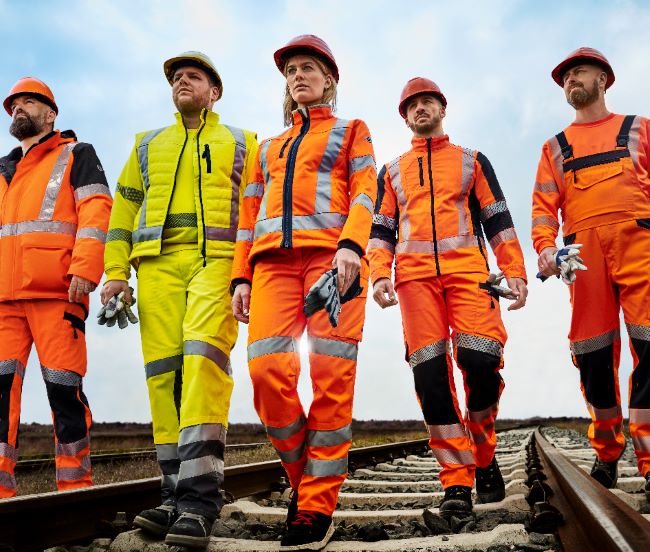

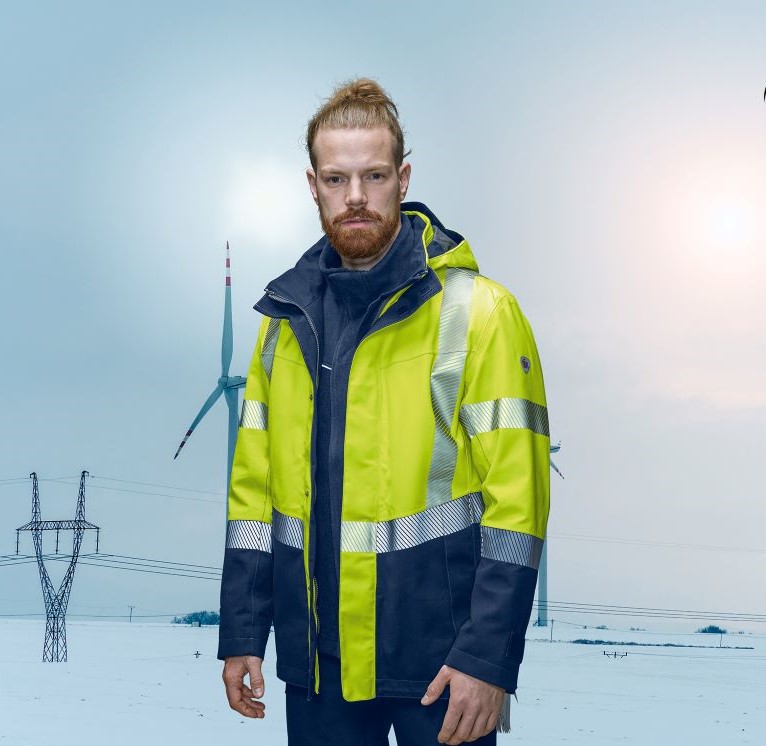





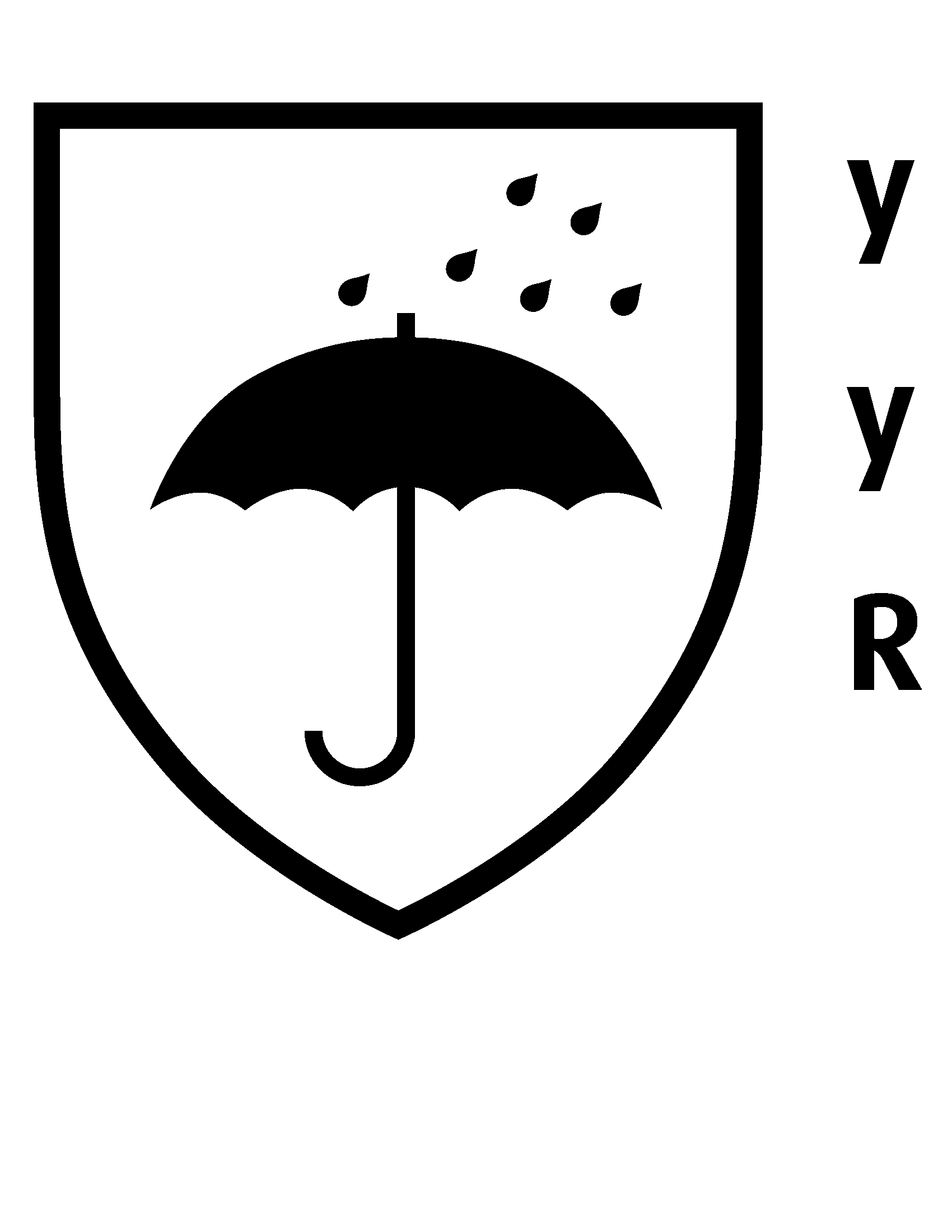
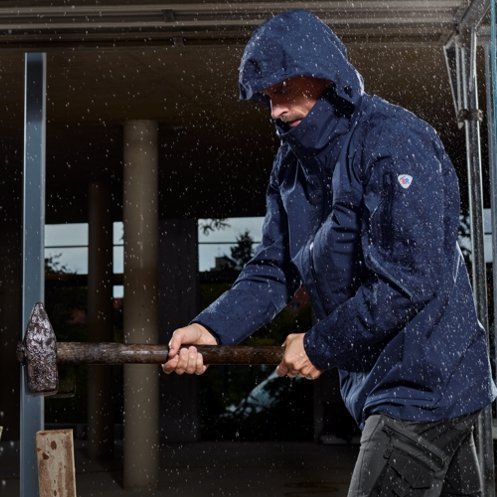
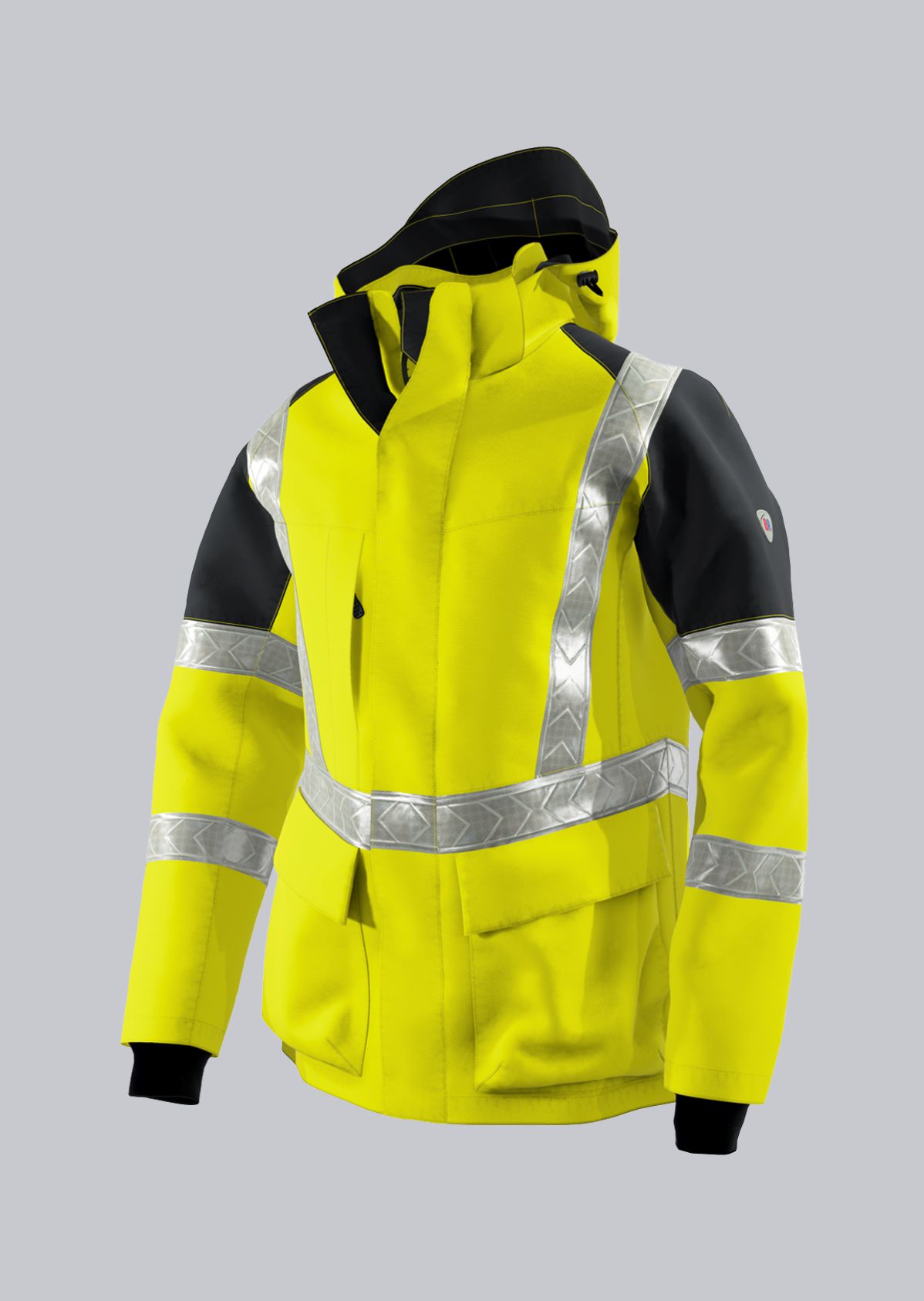
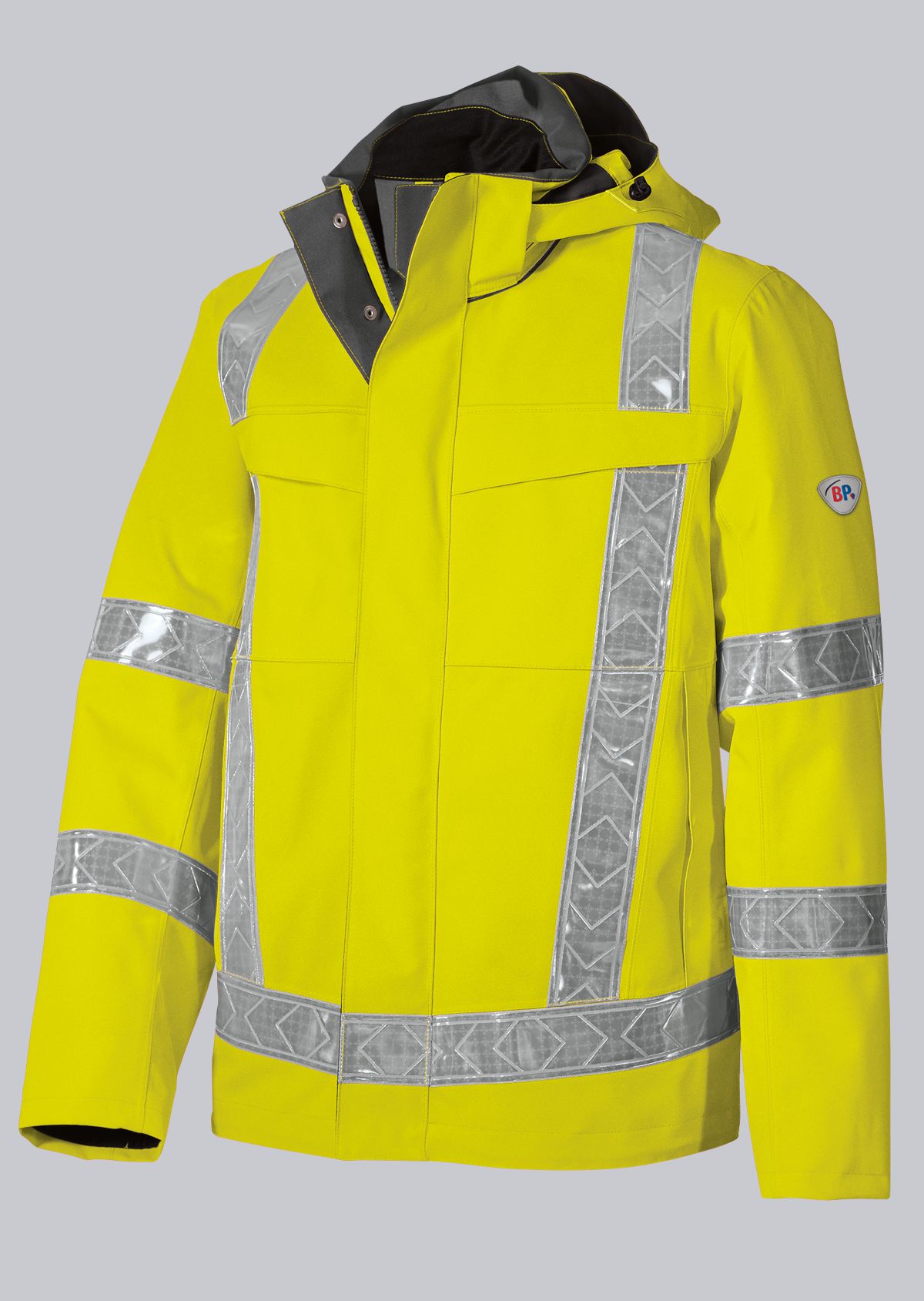
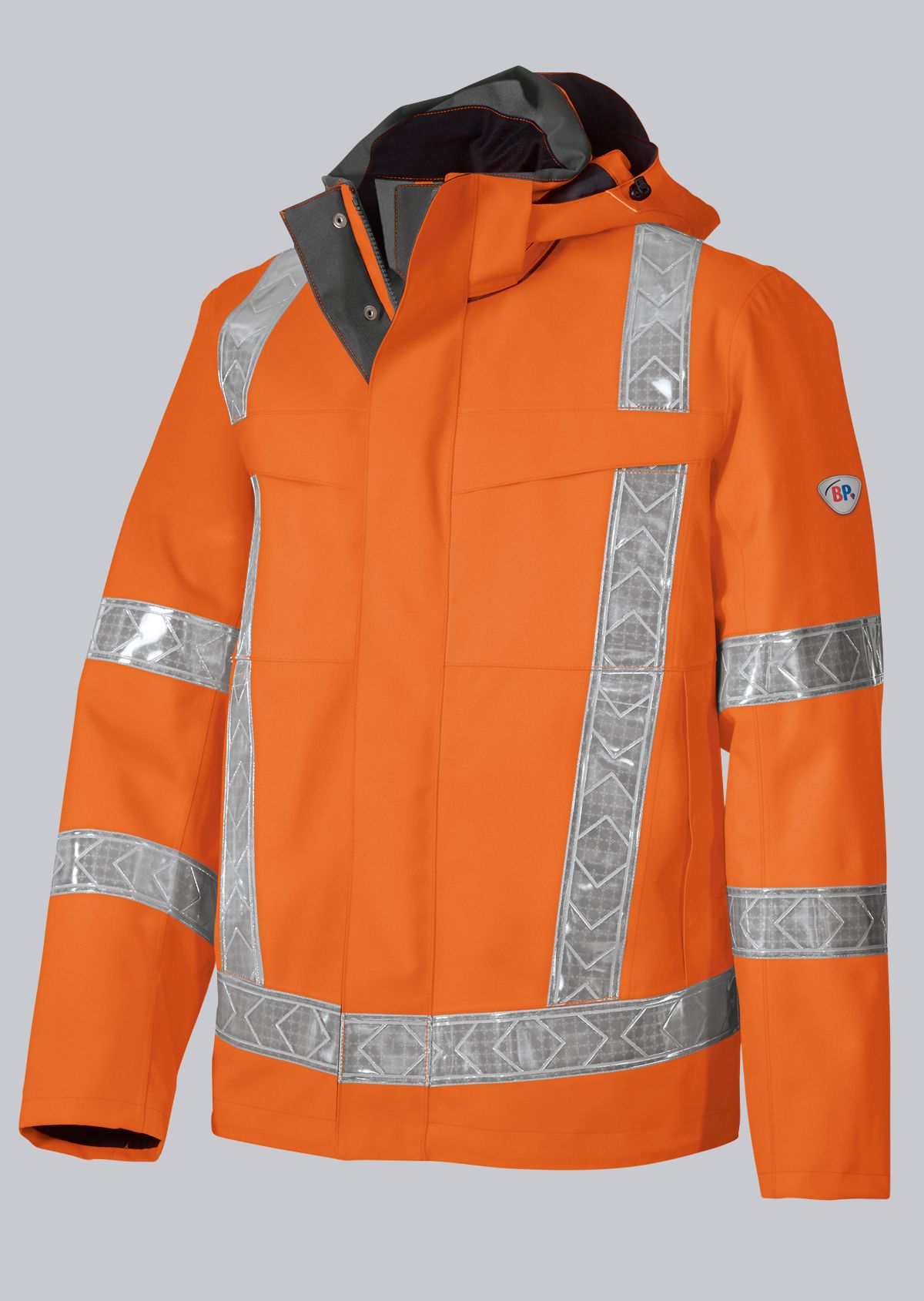
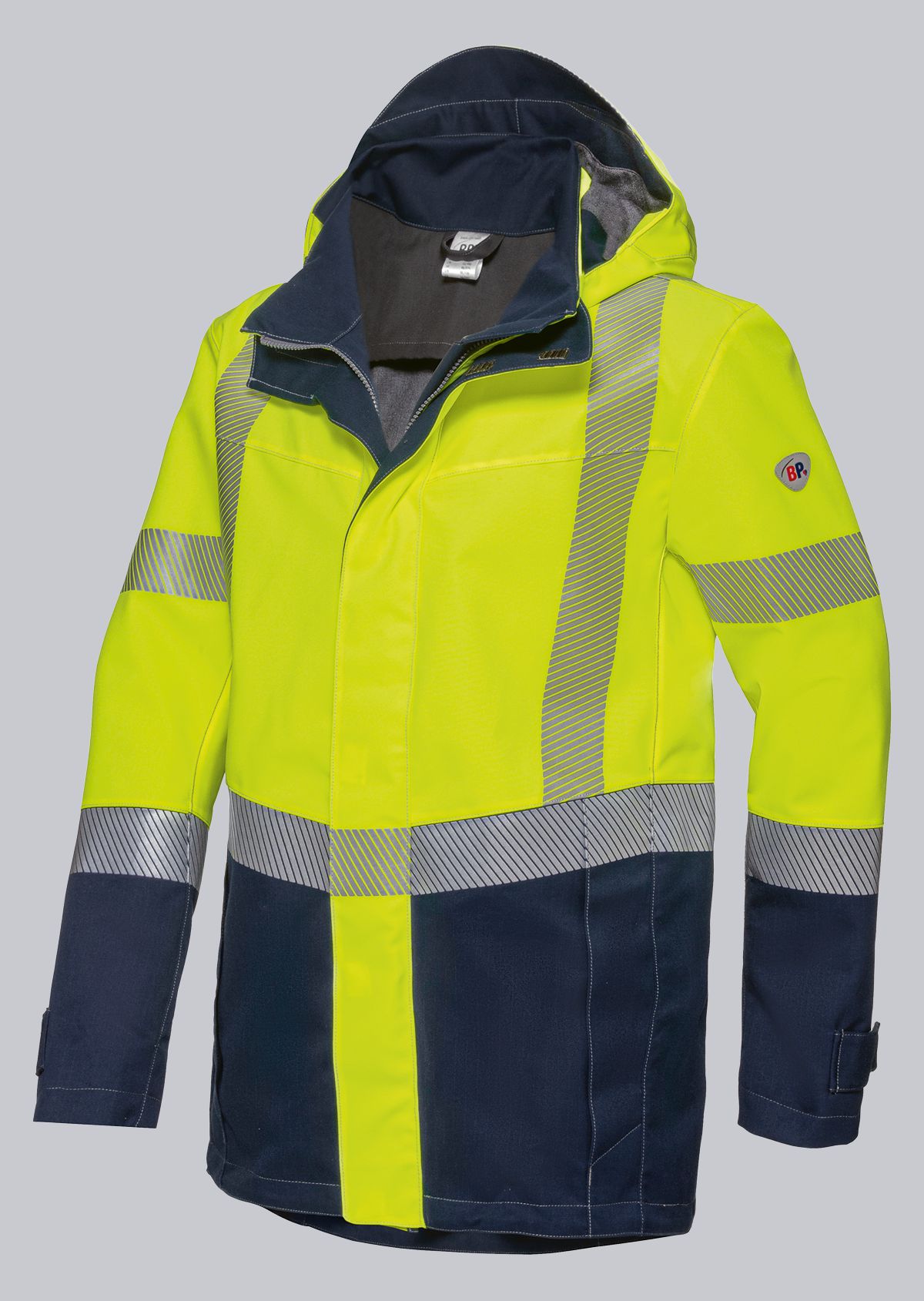
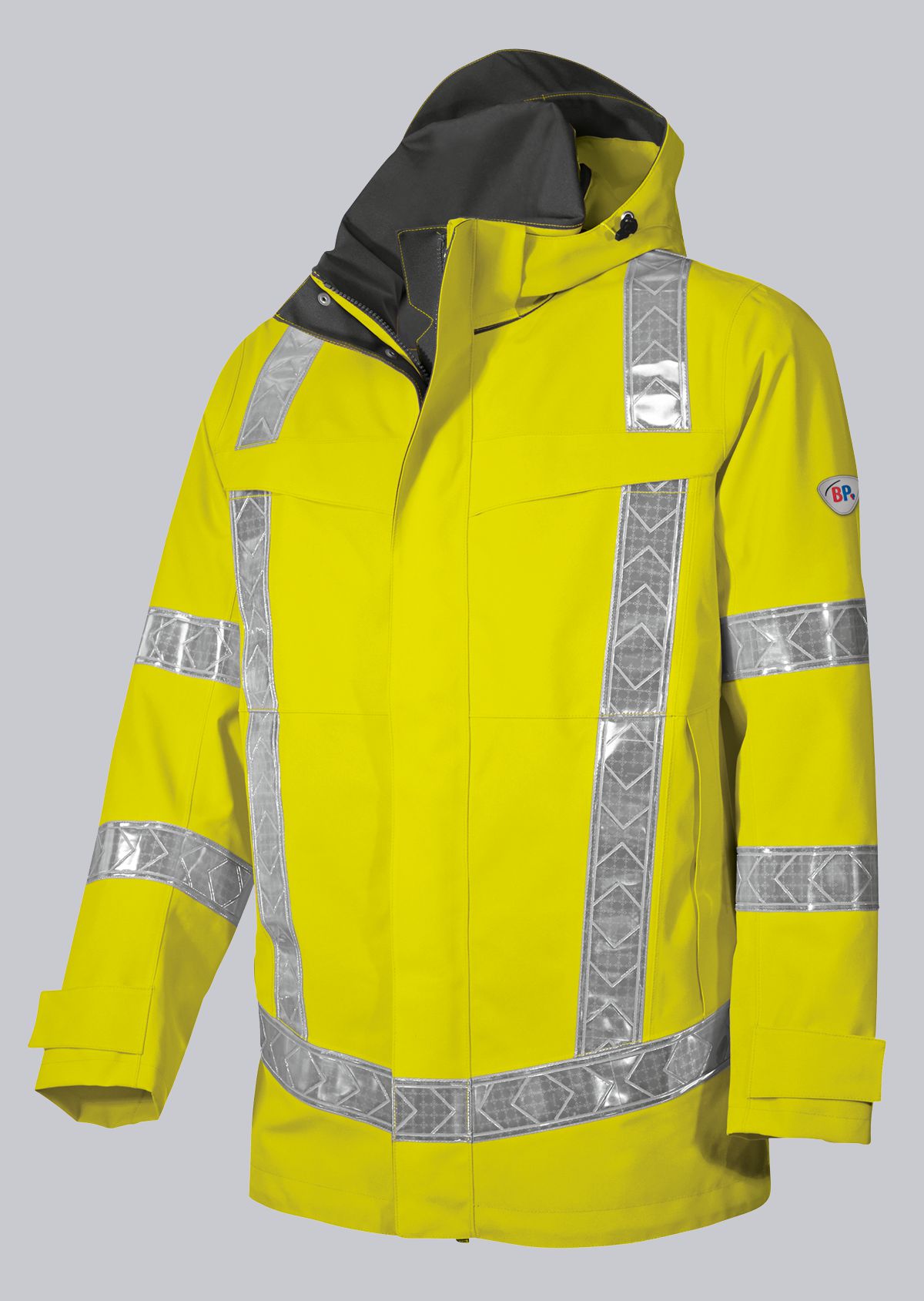
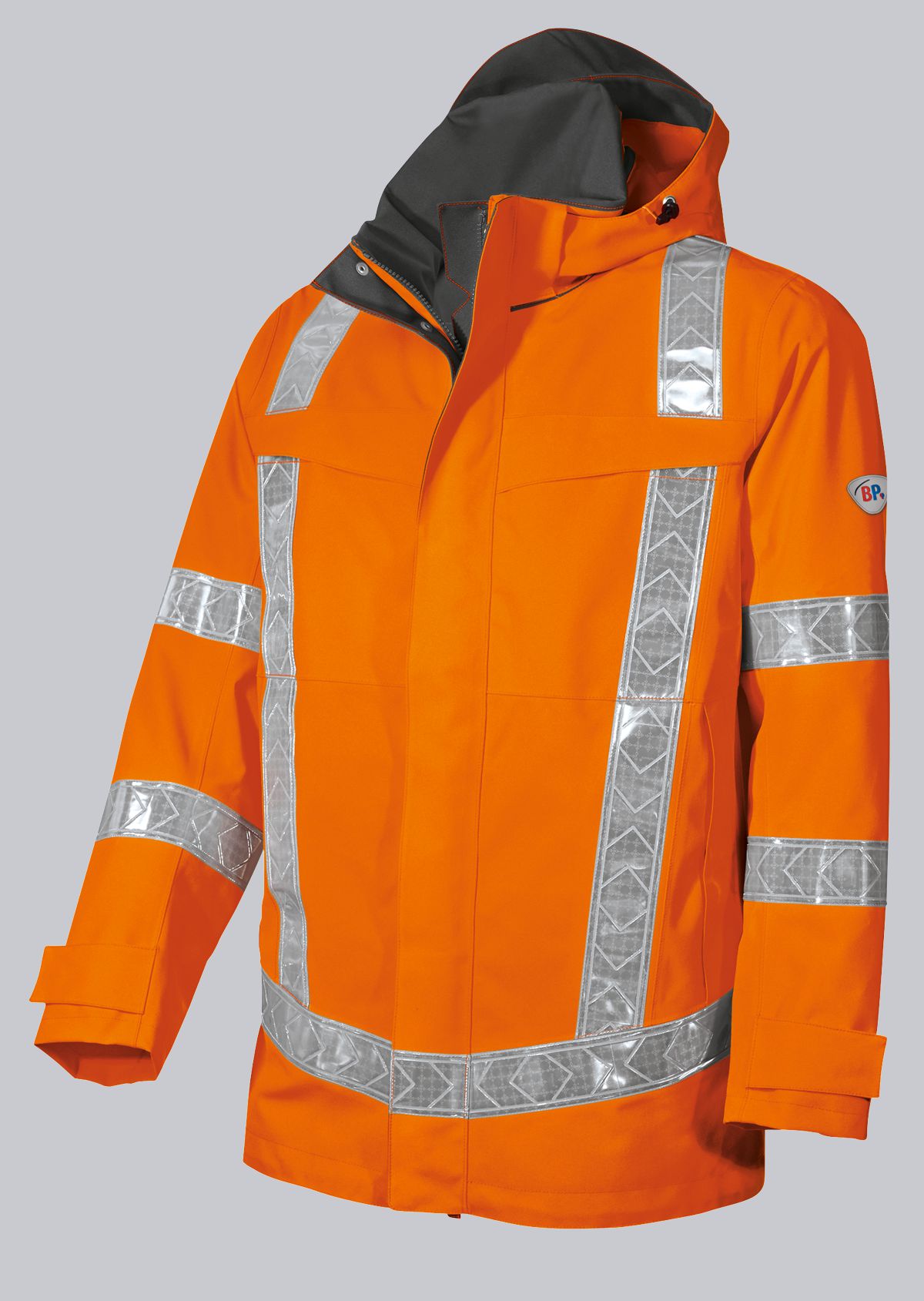
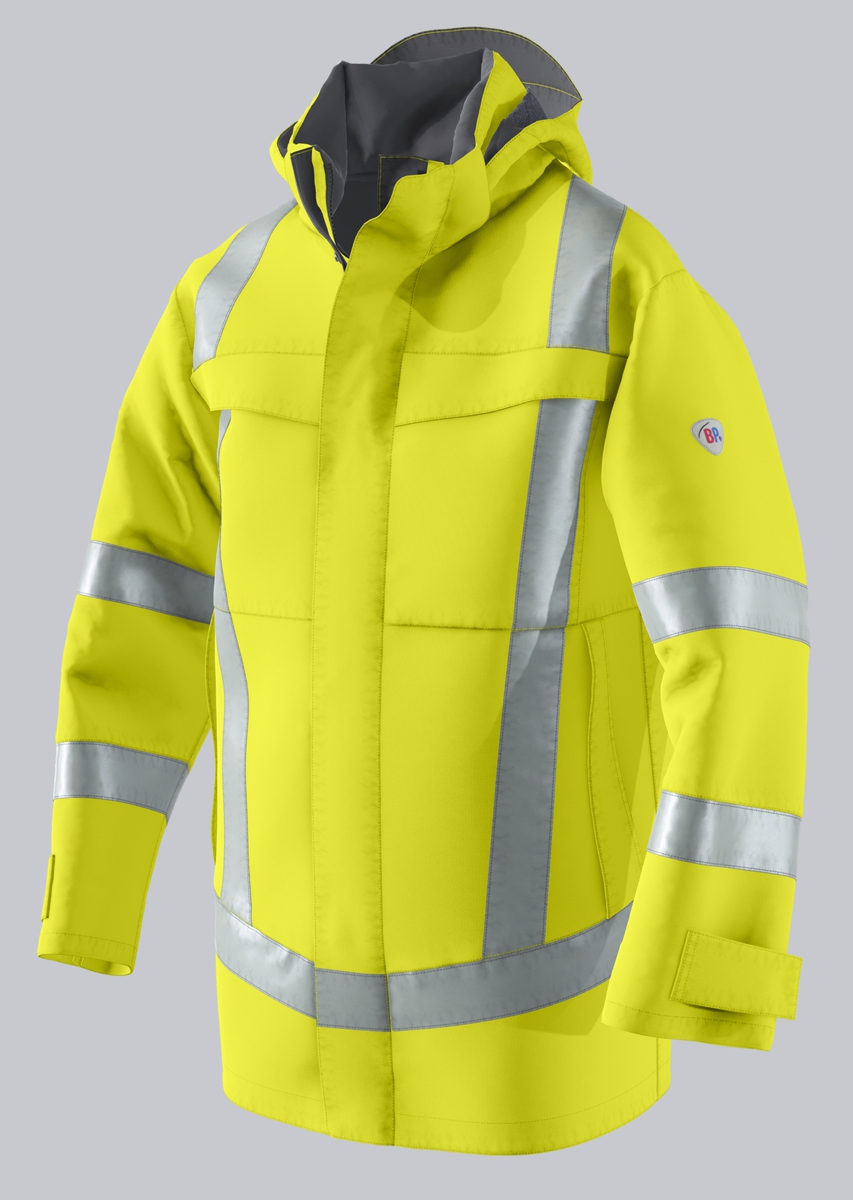
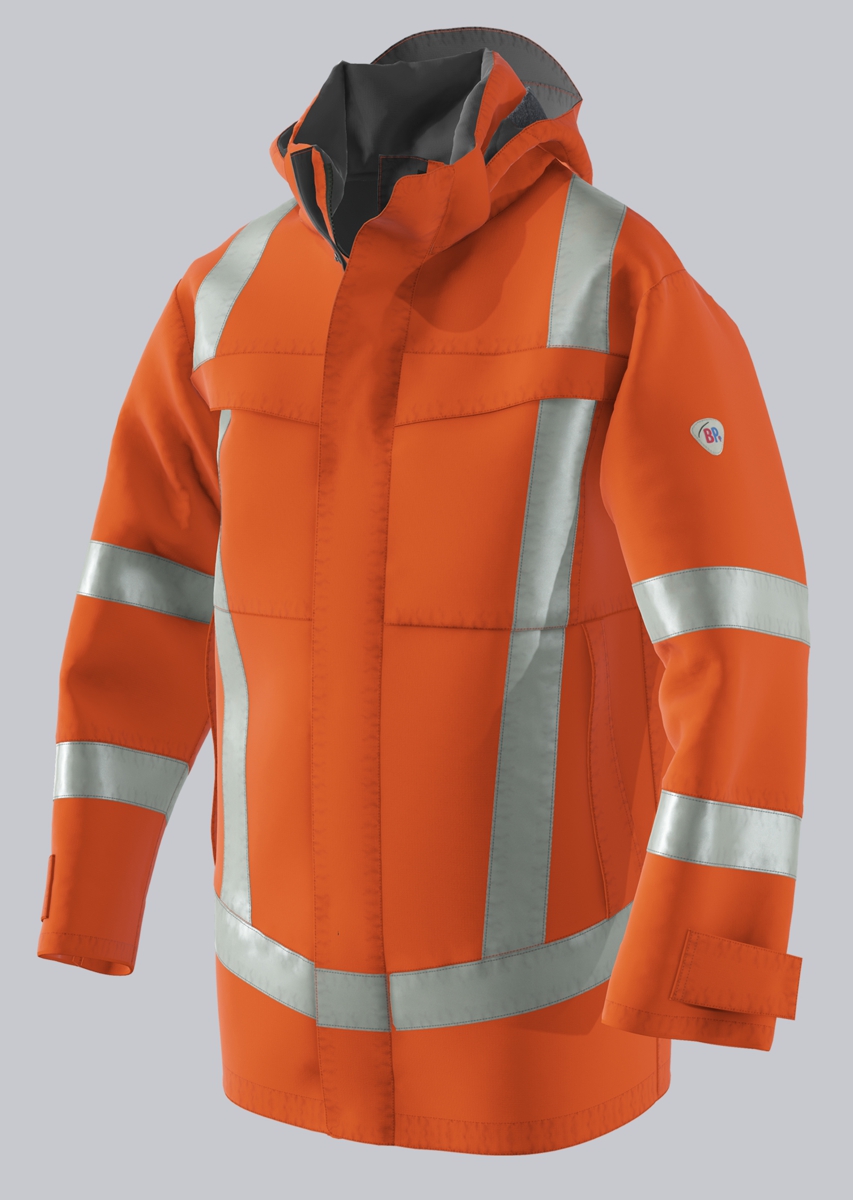
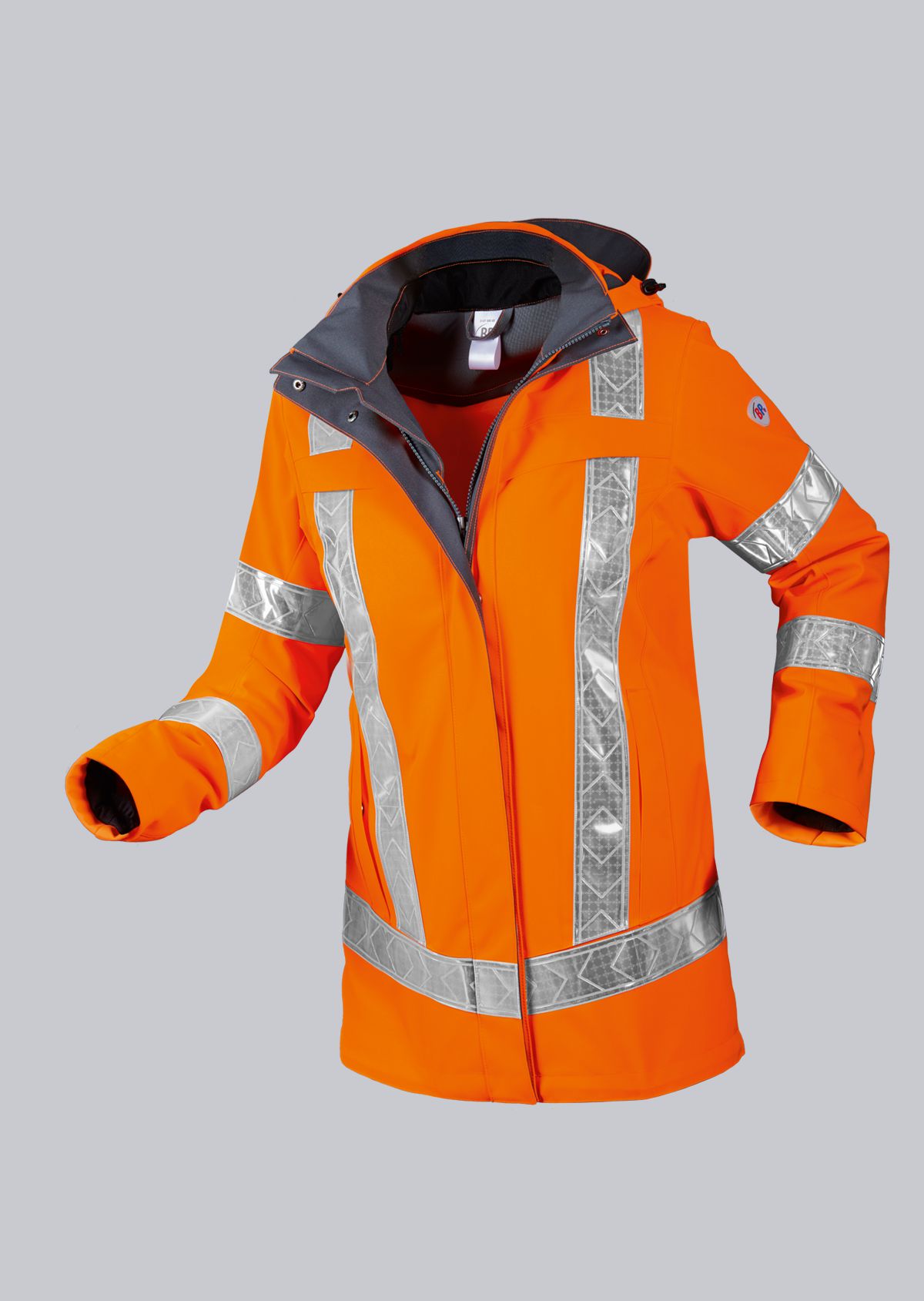
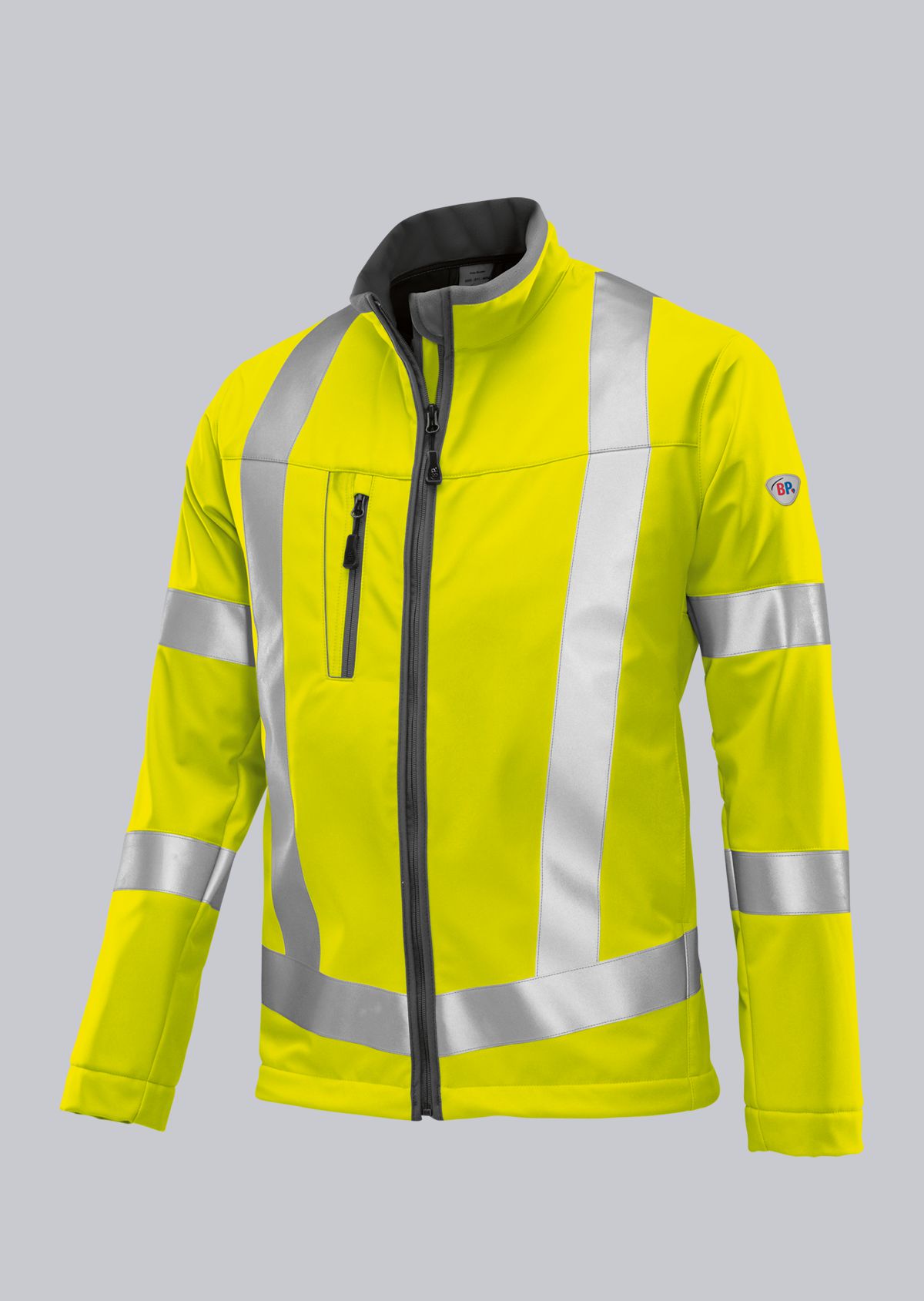
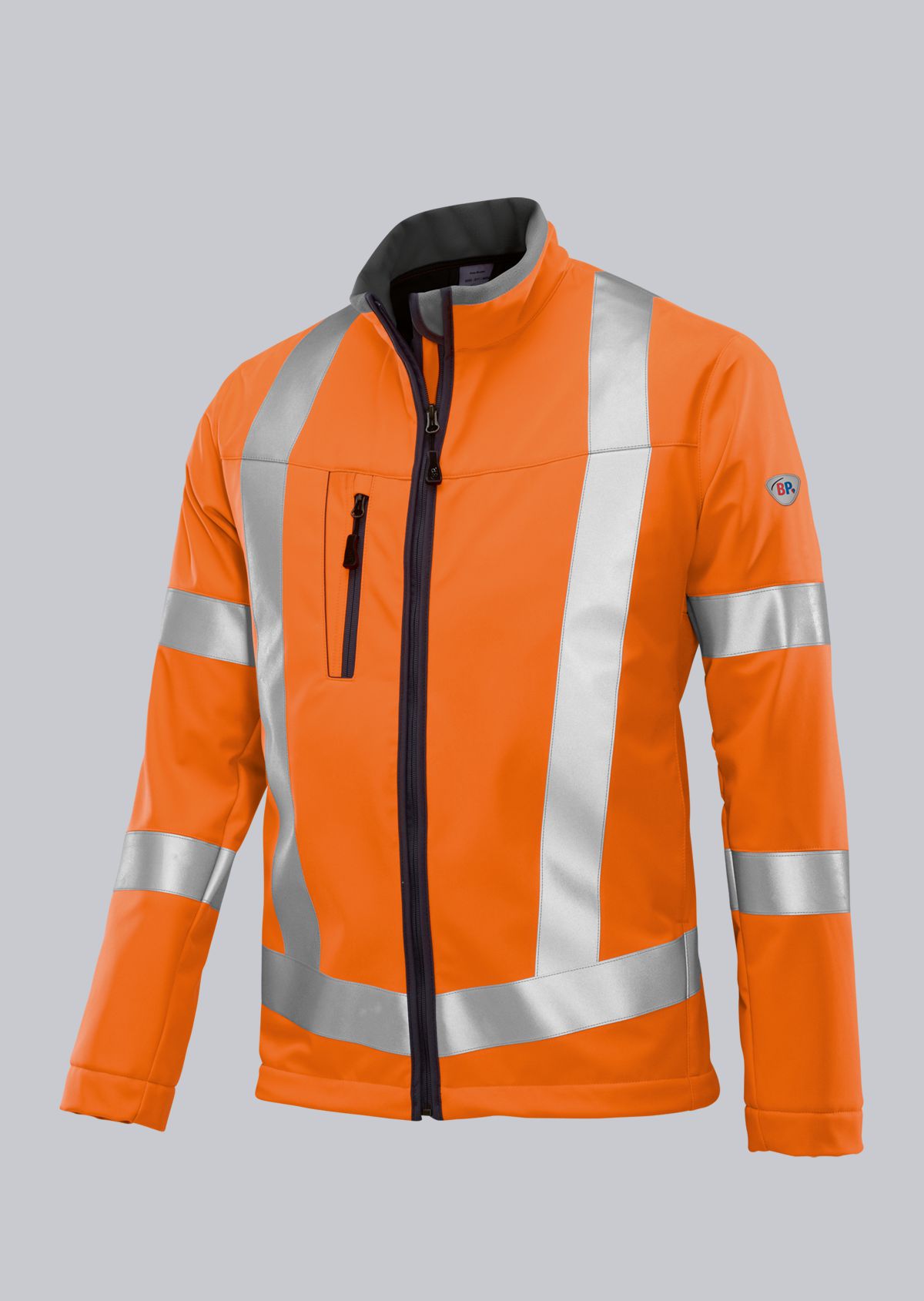
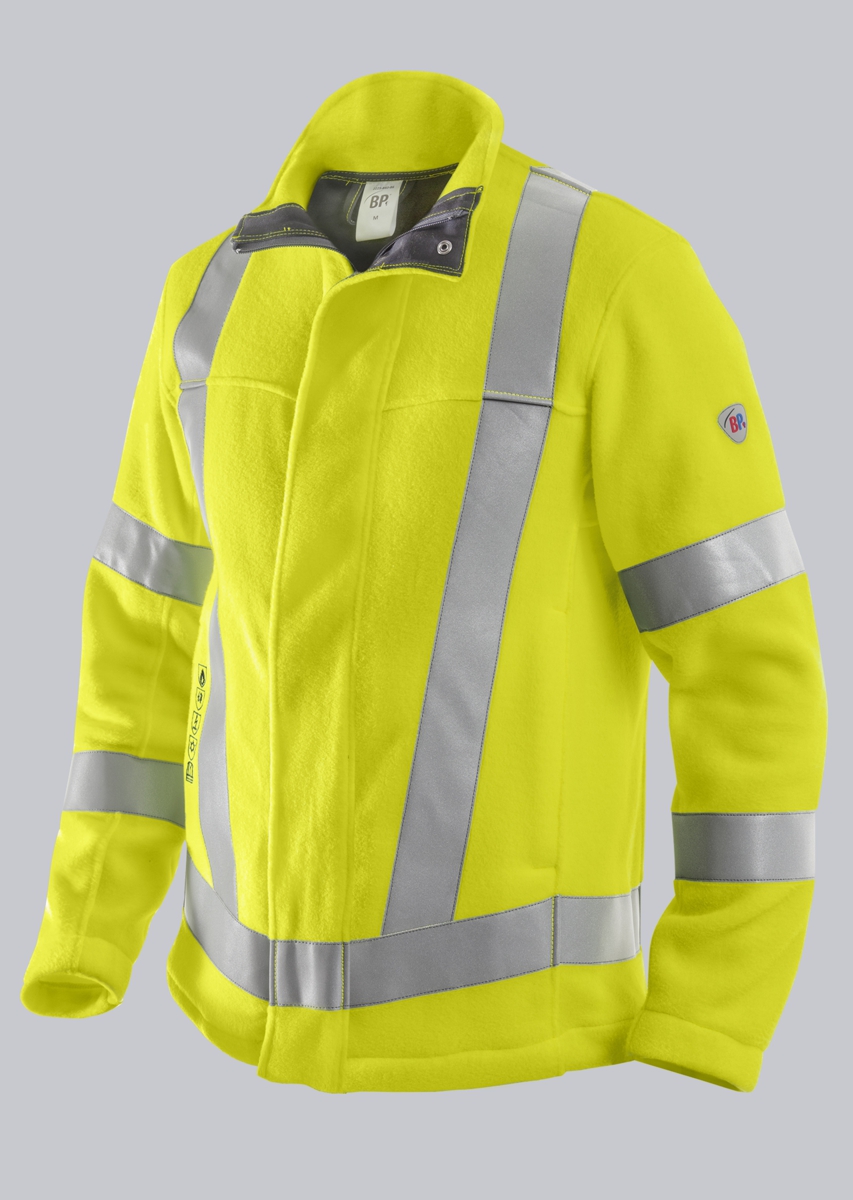
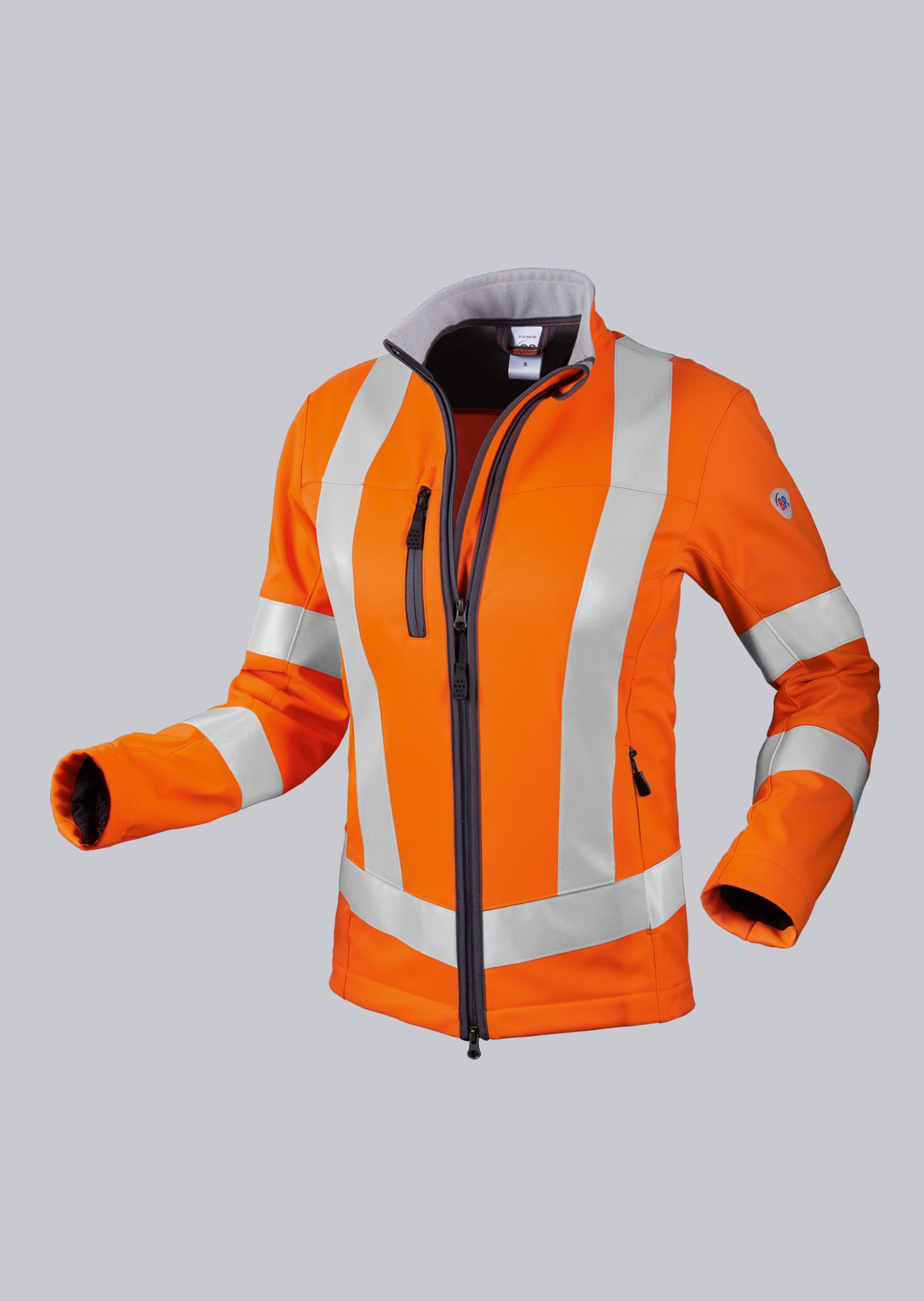
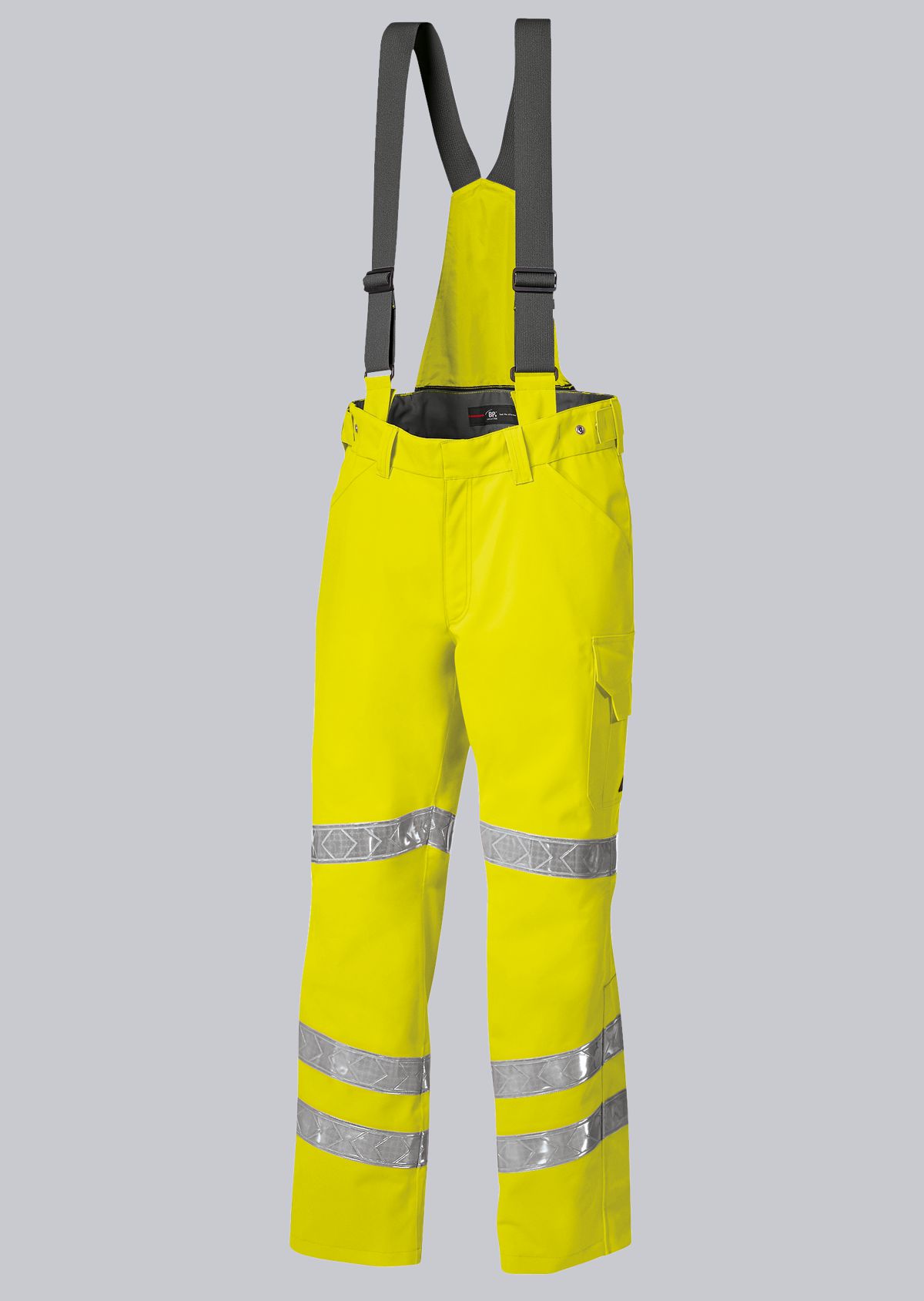
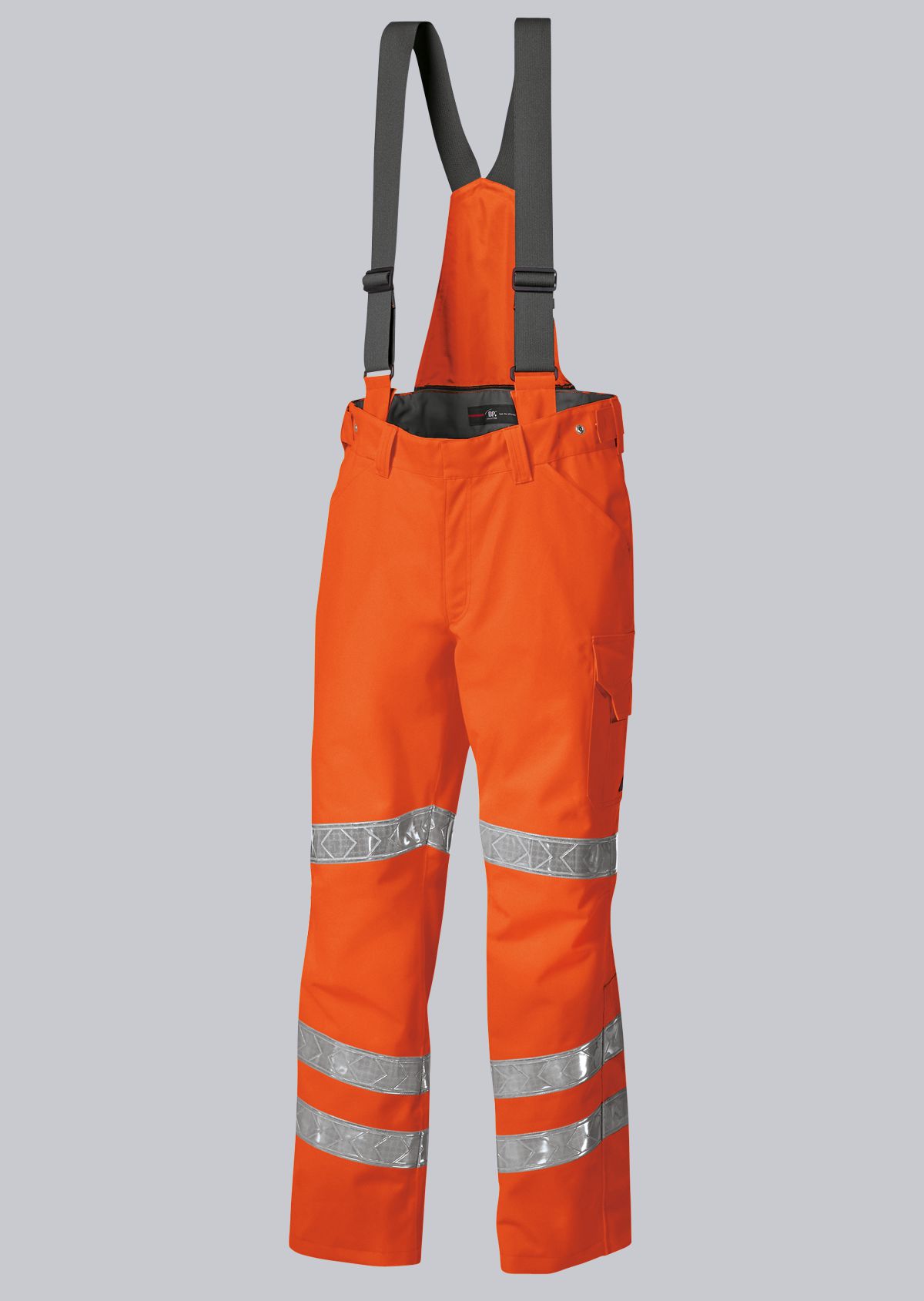
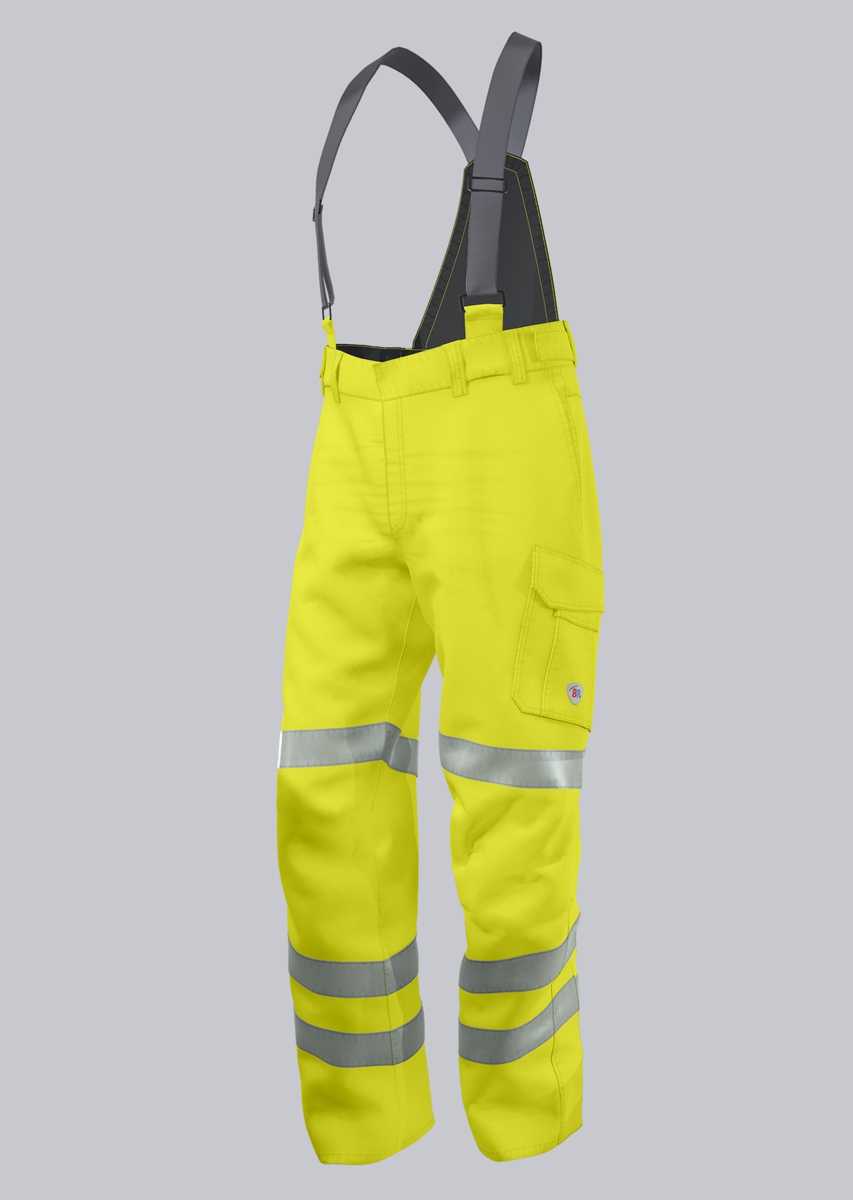
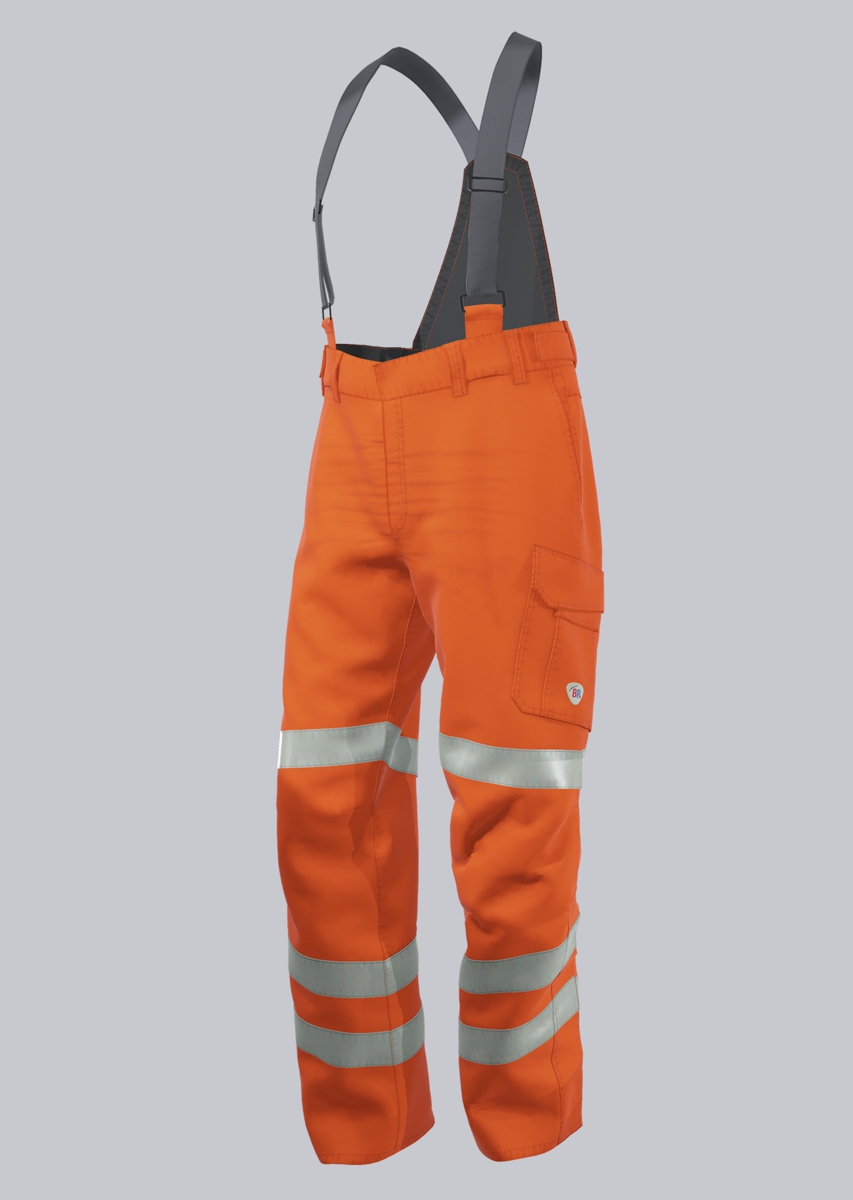
.jpg)
.jpg)
.jpg)
.jpg)
